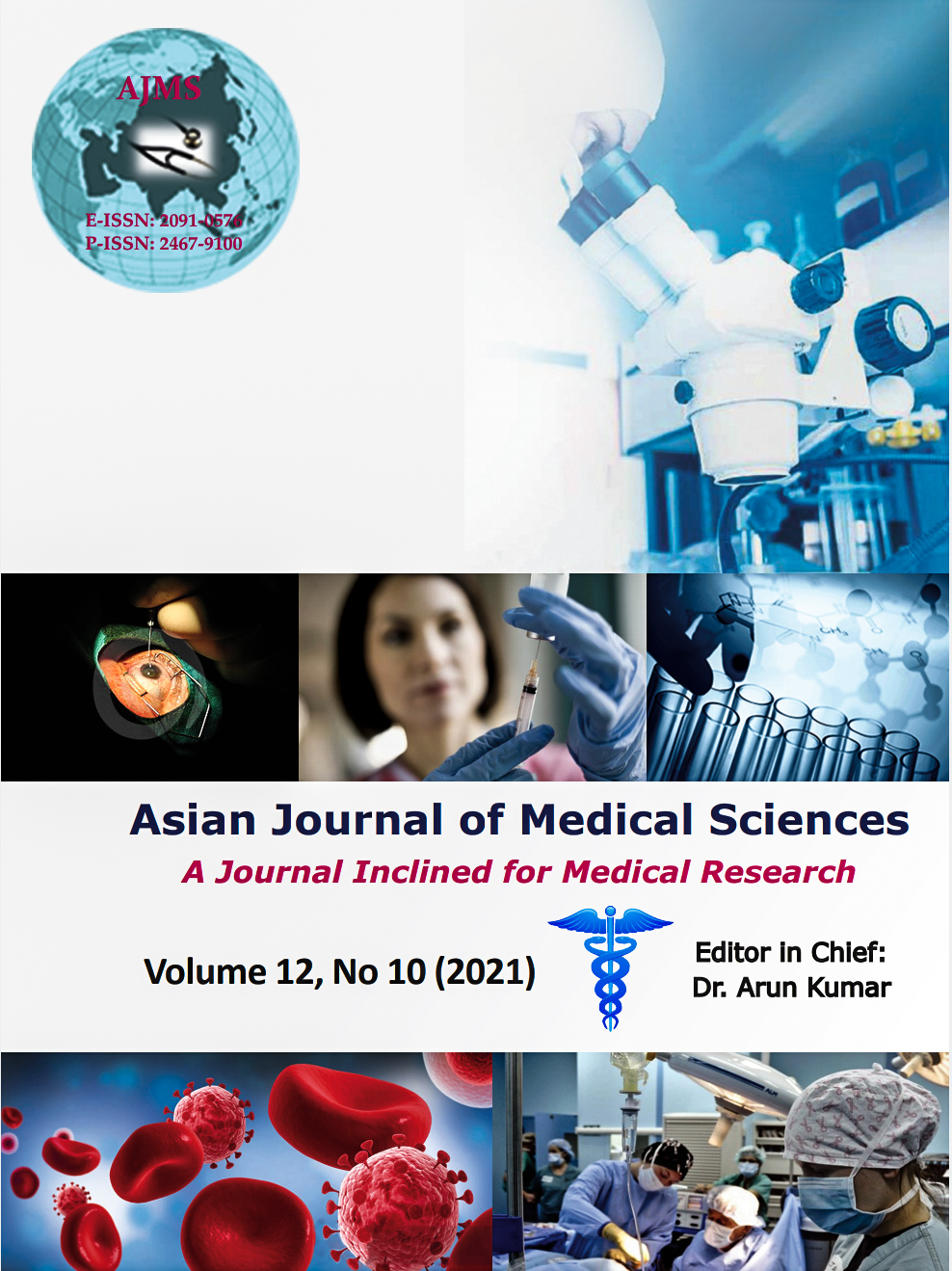Bilateral abducens palsy in closed head injury: A comprehensive review of literature based on a case report
Keywords:
Bilateral abducens palsy, Head injury, Clival fractureAbstract
Isolated bilateral sixth nerve palsies are rare, particularly in the setting of trauma. Most post-head injury cases with bilateral abducens palsy involve either basal skull fractures, particularly clival fractures. We present a case of bilateral abducens palsy after closed head injury in a young male who presented to the emergency department and a comprehensive literature review based on our clinical case. A Medline search for bilateral abducens palsy in closed head injury showed 89 results. Articles were excluded if crush head injury, non-traumatic bilateral abducens nerve palsy, associated vascular malformations were reported. After thorough search and filtering of those articles, fifty-one publications were found which reported and discussed about traumatic bilateral abducens palsy with closed head injury. In these 51 articles, a total of 139 cases were recorded. Several theories have been postulated to explain mechanisms of abducens nerve injury in trauma both in immediate and delayed settings. In our case, patient presented with immediate onset of bilateral abducens palsy. On imaging, clival fracture was seen in CT brain, which can be attributed for the nerve injury. Cases with retroclival extradural haematoma had higher chances of multiple cranial nerve injuries. Cases with multiple basal skull fracture involving petrous temporal bone fracture had higher chances of facial nerve injury. Along with bilateral involvement, the poorer outcome for recovery can be related with the severity of the adduction deficit. Our case showed no improvement in bilateral abduction during follow-up at 6 months. Clinical presentation of traumatic bilateral abducens nerve palsy is rare following closed head trauma and is usually associated with other injuries which are incompatible with life. It can be associated with other nerve injuries depending on basal skull fractures.
Downloads
Downloads
Published
How to Cite
Issue
Section
License
Copyright (c) 2021 Asian Journal of Medical Sciences

This work is licensed under a Creative Commons Attribution-NonCommercial 4.0 International License.
Authors who publish with this journal agree to the following terms:
- The journal holds copyright and publishes the work under a Creative Commons CC-BY-NC license that permits use, distribution and reprduction in any medium, provided the original work is properly cited and is not used for commercial purposes. The journal should be recognised as the original publisher of this work.
- Authors are able to enter into separate, additional contractual arrangements for the non-exclusive distribution of the journal's published version of the work (e.g., post it to an institutional repository or publish it in a book), with an acknowledgement of its initial publication in this journal.
- Authors are permitted and encouraged to post their work online (e.g., in institutional repositories or on their website) prior to and during the submission process, as it can lead to productive exchanges, as well as earlier and greater citation of published work (See The Effect of Open Access).




